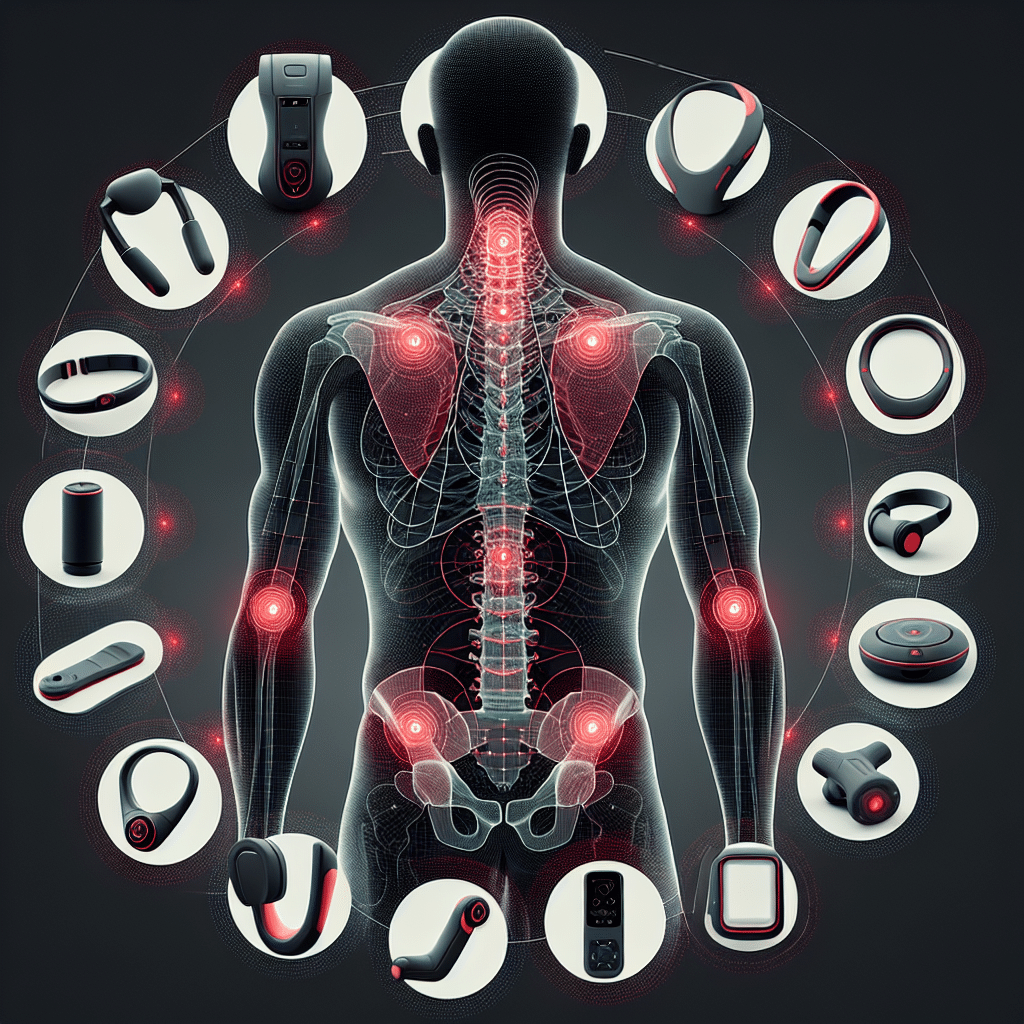Understanding Posture Issues and Neck Pain
Neck pain is a widespread issue, often linked to prolonged poor posture. Many people spend hours hunched over computers, smartphones, and other devices, leading to muscle strain and long-term complications. Adopting and maintaining good posture can significantly alleviate discomfort, and posture improvement devices are designed to assist in this endeavor.
Different Types of Posture Improvement Devices
-
Posture Correctors
- Description: These devices are designed to pull the shoulders back and realign the spine. They come in various forms, including braces, wearable straps, or shirts with built-in support.
- Advantages: Effective for immediate posture correction, they engage core muscles and improve awareness of body alignment. Many models are adjustable and can be discreetly worn under clothing.
- Considerations: Users should avoid overly tight options that could restrict movement or cause discomfort over time.
-
Chiropractic Pillows
- Description: These specialized pillows are designed to support the neck and promote natural spinal alignment during sleep.
- Advantages: They provide support to the cervical spine, helping to maintain an ergonomic position throughout the night. Many chiropractic pillows are made from memory foam, contouring to the head and neck’s unique shape.
- Considerations: Choosing the right height and firmness is crucial, as what works for one person may not suit another.
-
Lumbar Support Cushions
- Description: These cushions help maintain the natural curve of the lumbar spine, promoting proper sitting posture, especially in office environments.
- Advantages: They reduce muscle tension by providing additional support to the lower back, indirectly alleviating neck and upper back strain by helping maintain overall posture.
- Considerations: Opt for models with adjustable straps to secure the cushion to various chairs.
-
Ergonomic Chairs
- Description: A chair designed with adjustable features that allow users to customize the height, tilt, and support of the seat to promote healthy spinal alignment.
- Advantages: Ergonomic chairs reduce the risk of developing neck pain caused by poor sitting posture and promote long-term comfort. Investing in a good chair can pay off significantly in workplace productivity and overall well-being.
- Considerations: Ensure the chair supports the natural curvature of your spine and allows your feet to rest flat on the floor.
-
Wearable Tech
- Description: Devices like posture corrector vests can include sensors that notify users when they slouch or misalign their posture.
- Advantages: These high-tech devices provide real-time feedback, helping users develop muscle memory for better posture over time. Some devices even connect to smartphone apps for tracking progress.
- Considerations: Be cautious of battery life and connectivity issues, along with ensuring comfort when wearing the device.
-
Stretching Bands and Foam Rollers
- Description: Not typical posture devices but essential tools for maintaining flexibility and muscle balance.
- Advantages: Regularly stretching the upper body can counteract the effects of poor posture. Using foam rollers can relieve tension in tight muscles, particularly in the neck, shoulders, and upper back.
- Considerations: Users should learn proper techniques to avoid injury and maximize benefits.
Factors to Consider When Choosing Posture Improvement Devices
- Comfort and Fit: It must be simple to wear and provide adequate support without being uncomfortably tight.
- Adjustability: Devices should be adjustable to accommodate different body types and ensure personalized support.
- Material Quality: Breathable, durable materials are preferable for enhanced comfort and longevity.
- User Reviews: Consider feedback from other users regarding effectiveness and comfort to guide your choice.
Integrating Devices into Daily Life
To effectively utilize posture improvement devices, it is essential to combine their use with regular exercises and stretches aimed at strengthening the back, shoulders, and neck. Simple habits such as taking short breaks to stand and stretch can also significantly enhance posture.
The Role of Physical Therapy
For chronic neck pain, consulting with a physical therapist may provide personalized strategies alongside the use of improvement devices. A professional can assess your situation, recommend specific exercises, and suggest the best devices for your individual needs.
SEO Considerations
When writing about posture improvement devices for neck pain, it is essential to include relevant keywords throughout the article for improved search engine visibility. Terms such as “best products for neck pain relief,” “posture corrector,” “ergonomic chair,” and “neck pain solutions” should be strategically placed in titles, subheadings, and within the text. Moreover, utilizing engaging imagery combined with alt text can further enhance SEO efforts, making content more accessible for users searching for solutions.
Final Notes on Usage
While posture improvement devices can be highly beneficial, they should complement a well-rounded approach to neck health. Regular exercise, mindful movement practices, and deliberate attention to posture, combined with appropriate devices, can offer significant relief from neck pain and enhance overall well-being.
